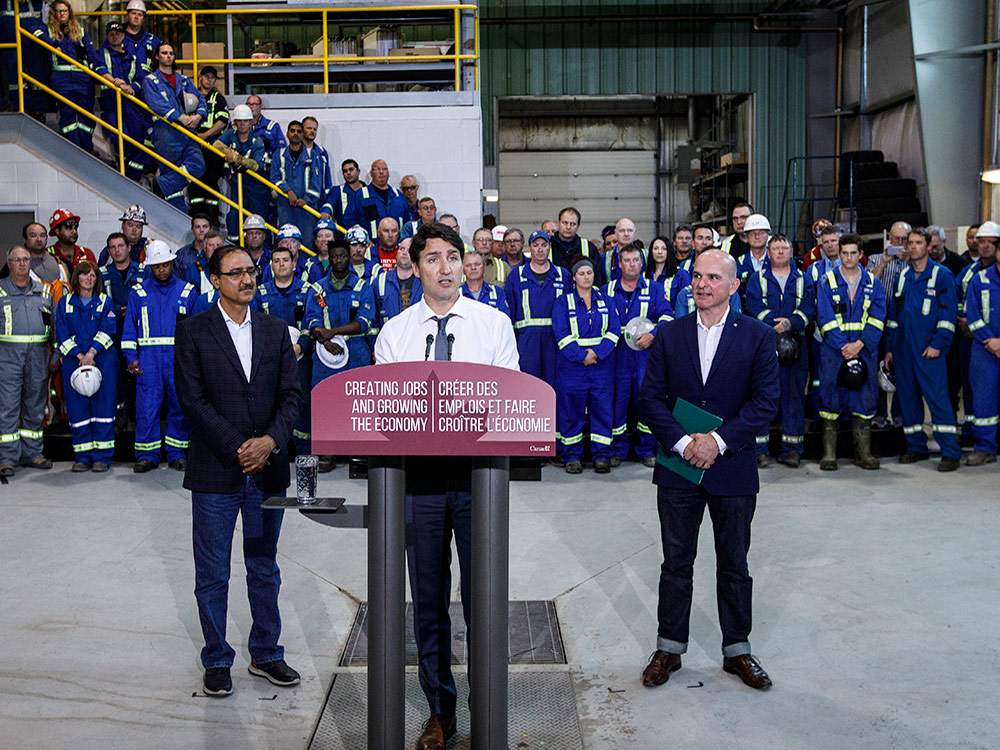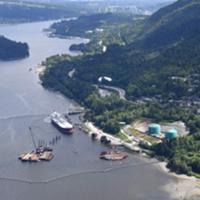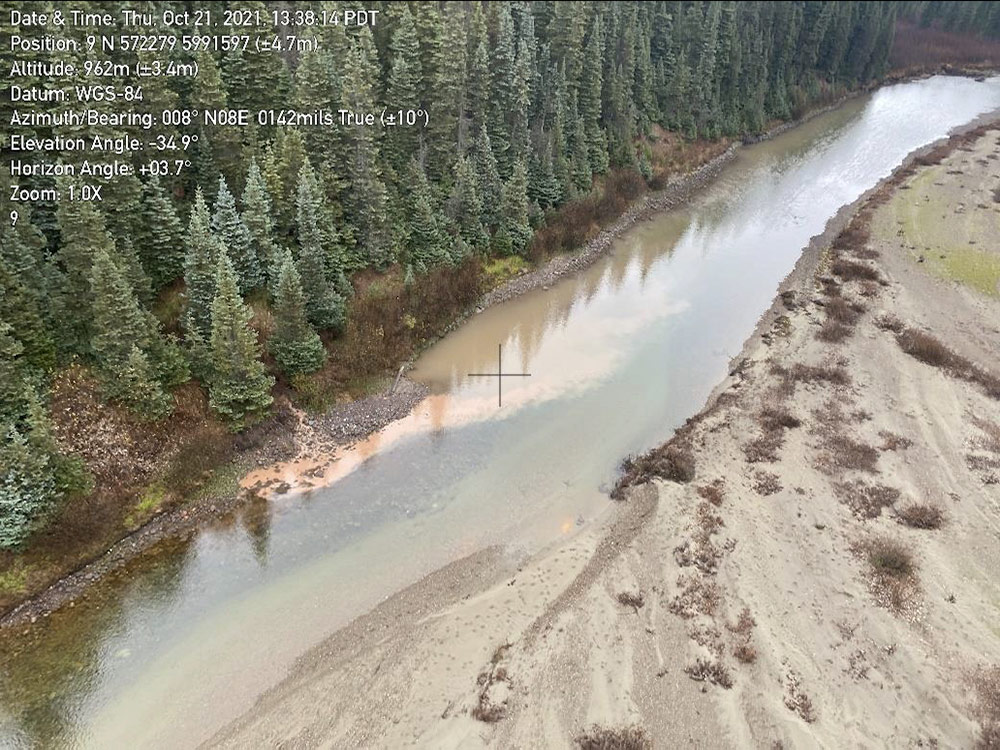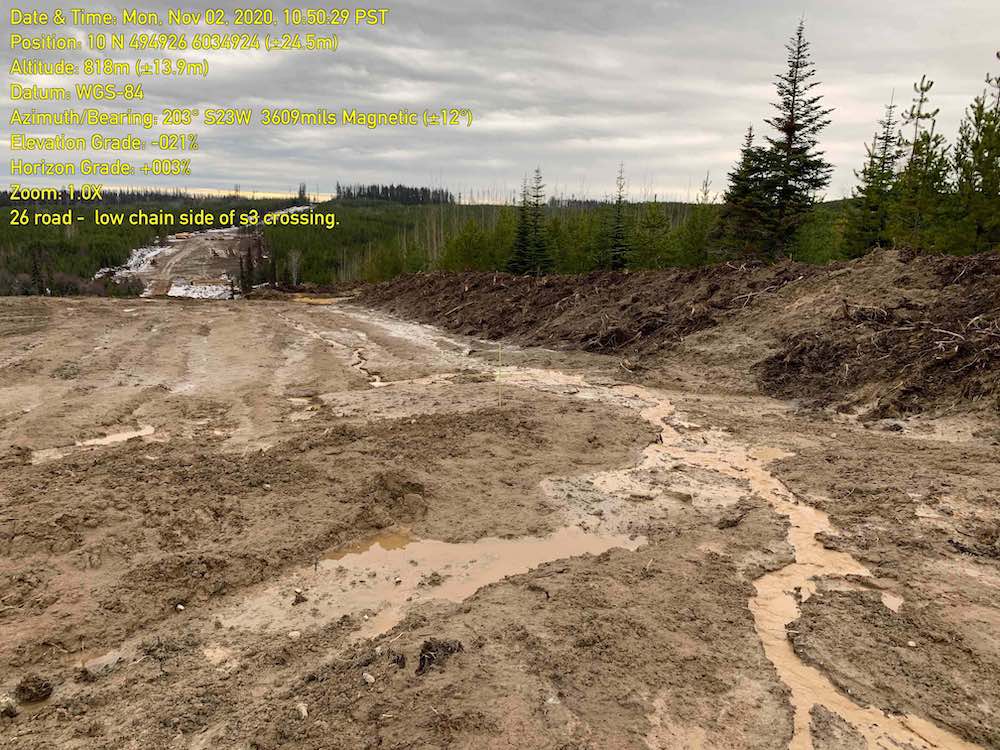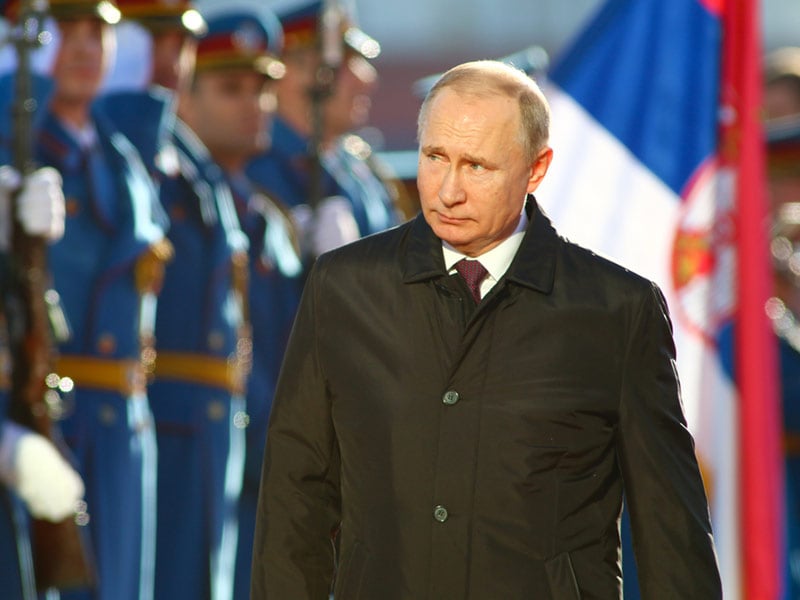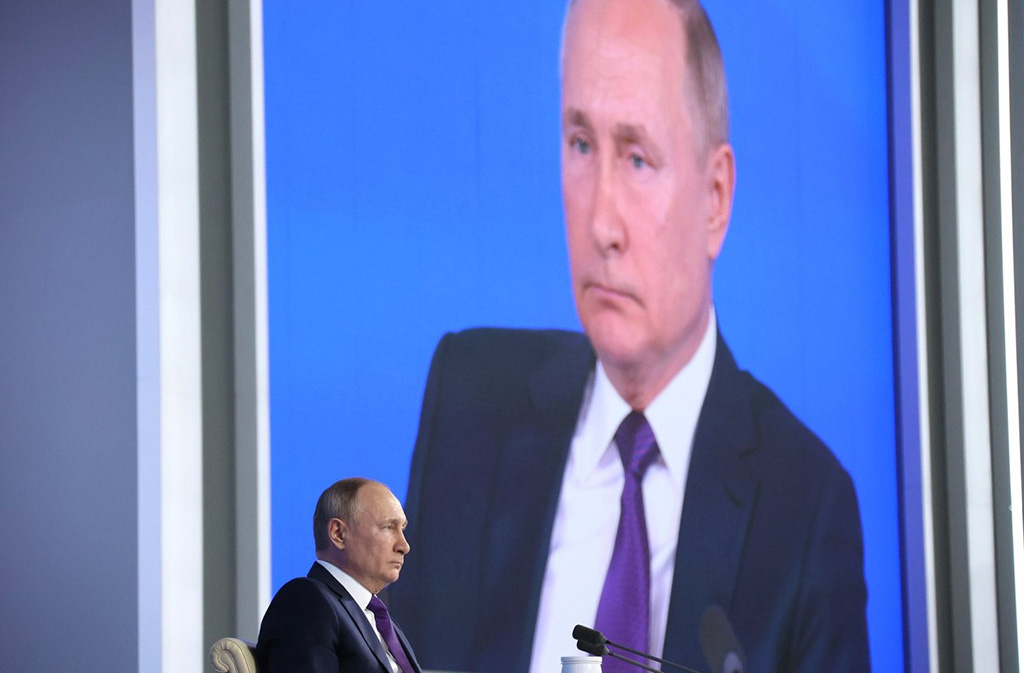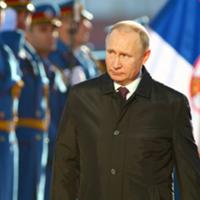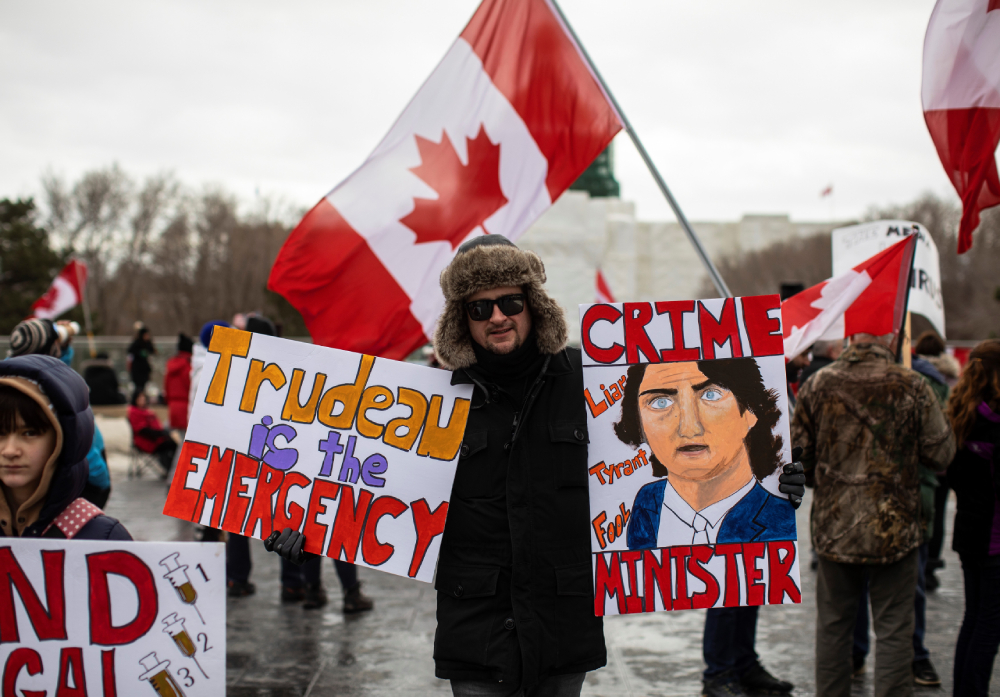Last year, ProPublica began publishing “The Secret IRS Files,” a series that has used a vast trove of never-before-seen tax information on the wealthiest Americans to examine their tax avoidance maneuvers.
Since then, the Biden Administration and Democrats in Congress have been trying to close loopholes in the code and raise taxes on the rich to fund their legislative priorities. But the efforts have stalled, amid claims by Republicans that tax increases on billionaires would “destroy investment in America and punish success in America” and resistance from key Democrats, Sen. Joe Manchin, who called such a plan divisive, and Sen. Kyrsten Sinema, who has opposed tax increases more broadly.
Ron Wyden, the Oregon Democrat who chairs the Senate Finance Committee, is one of the top experts in Congress on tax matters and an advocate of raising taxes on the rich. He has proposed a bill that would build on his past efforts to tax the wealthiest. The most recent legislation would tax people with $1 billion in assets (or $100 million in income for three years in a row) not just on their income as it is traditionally defined but also on the growth of their wealth each year. It would take a bite out of so-called unrealized gains, taxing a rise in the value of the stocks, bonds and other assets owned by the ultrawealthy — even if they didn’t sell the assets. For assets that are not readily traded, Wyden’s bill would impose a deferred tax, an annual interest charge that would be added to any capital gains tax owed when the wealthy person sells the asset.
Wyden’s bill seeks to counteract a technique that the ultrawealthy can use to avoid income taxes: They hold on to their assets and simply avoid the income — and tax — that comes when they sell them. The rich can live lavishly by employing a technique known as “Buy, Borrow, Die,” in which they buy or build assets, borrow against them and then avoid estate and gift taxes when they die.
We checked in with the senator to ask about his proposal and the prospects for any new laws in the coming year.
The interview that follows has been edited and condensed for clarity.
As you know, we’ve been reporting on how little tax the ultrawealthy in America pay. Our reporting for the first time has put names and faces and specifics on this issue by pointing out that Jeff Bezos and Elon Musk and the like have paid zero in taxes in recent years. And that the ultrawealthy really pay a low rate when compared to their wealth growth. I’m wondering if seeing these numbers has had an effect on your thinking, and if you think there’s been an effect on colleagues of yours who may not have had this full appreciation the way you did?
The answer is really yes and yes. It has affected me, and it’s affected, I believe, other senators. And the fact is my bill raises $557 billion, and it does so by simply requiring billionaires to pay taxes every year, the way nurses and firefighters do. At the same time, I feel very strongly — and this is the point where I think we’ve made real headway — this is about more than revenue. This is about fixing a thoroughly broken tax code and showing working people in America that billionaires don’t get to play by a different set of rules. My view is the big scandal is what’s legal. When you walk these people through it, it causes people to lose faith in government, lose faith in democracy.
What really causes people to lose faith? I think the fact that billionaires occasionally pay zero in taxes will strike most people as wrong. But are there other things that strike you as really jeopardizing their faith in the system?
The fact is it’s so brazen. Some of the leading conservative publications write articles: “Buy, Borrow, and Die if you want to pay little or nothing. Here is the plan.” I tell people about this at my town hall meetings and everybody starts hollering: “Don’t let people back here get played as suckers by letting billionaires pay little or nothing for years on end while those of us who represent a vast majority of Americans get hammered.”
We’ve been struck that some of the most loyal and closest readers of our stories have been the wealth advisory industry, figuring out a how-to manual. This is not what we intended …
You have a proposal, which you alluded to, that would raise in your estimate almost $600 billion over 10 years. What are the prospects for that? Because you re-upped a version of that last year and it was quickly shot down by Joe Manchin, as I understand.
A couple of things, first of all, Joe Manchin has always said that he believes that the wealthiest should pay their fair share. And that’s very much in sync with what we say. And I go on to say that paying your fair share and being successful are not incompatible. That’s one of the things that special interests that have opposed my proposal say: “Oh, this is going to keep people from being successful.” Are you kidding me?
We know that there are lots of lobbyists and PR firms working around the clock to protect the status quo. There are terrific organizations like Patriotic Millionaires and Americans For Tax Fairness, but they just don’t have the same resources that the billionaires have. That’s why we’re trying to get the message out and lay out that this is basically a fairness issue. This is fundamentally about fairness so the affluent pay their fair share and it is not going to unravel the American dream of being successful.
The other part about this is the double standard. We had another hearing last week, and some of the conservative Republicans were talking about Earned Income Tax Credit recipients being the problem with tax evasion and noncompliance. The reality is you can be a tax cheater, a wealthy tax cheater. You can have one of these very large passthroughs and you are more likely to get hit by a meteor than you are to get audited.
In another part of our series, we focused on the ways that fortunes can persist from generation to generation. We wrote a story about the Scrippses and Mellons and their heirs getting vast amounts of income from fortunes that were created over 100 years ago. We also wrote about how many of the current 100 wealthiest people in the country are using GRATs [Grantor Retained Annuity Trusts] and other trusts to avoid paying income taxes. Is that on the agenda in DC? I know there was a proposal out of the House with the original version of Build Back Better, but is fixing that on the agenda, still?
I’m glad you asked that question. We get around that and stepped-up basis [the provision that, at the time of a person’s death, wipes out any increases in the value of their holdings for tax purposes, allowing people to pass on assets without paying capital gains tax] and all these things [with my proposal], because the billionaires could pay taxes each year and their heirs no longer get to wipe out billions and billions of dollars worth of gain. And I support proposals to fix GRATs. We’ve worked on them, and the bottom line is the overarching change, which is that billionaires are going to pay taxes every year.
So you’re saying under that proposal all these other fixes like stepped-up basis wouldn’t be as important. But is something like ending stepped-up basis, which was floated earlier this year, still on the table?
I’ll give you an example. I worked for a long time on the idea of making it crystal clear that farms and family-owned small businesses were fully exempt from [my proposal to end] stepped-up basis. But the ultrawealthy just kept saying, “Oh, the sky’s going to fall” once we allow this. Everybody is going to get hit with their farm and their small business and the like, and basically what they do is they play to people’s fears and try to create enough lobbying pressure. The billionaires try to get these small guys out in front to do their bidding for them.
And one quick thing. This is about a billionaires income tax. It’s a very important differentiation. This is about paying every year. They’ve got a stock account, for example, and this year it’s $20 billion and next year it goes up to $23 billion. They pay the capital gains tax on three billion bucks, because we feel that they’re basically evading capital gains taxes. And this is the way we respond with a billionaires income tax. And we chose that word very specifically.
Right. It’s a definition of income. It’s a definition that some economists have embraced. It’s not the orthodox definition. It’s not the definition that is in the current tax system, of course.
It’s particularly important when people say, “Oh, well, what are we going to do if it goes down?” Well, our proposal would account for losses as well.
But the fact is that extra $3 billion that they have this year that they didn’t have last year, they can use for all kinds of things. They can borrow against it. They can have a wonderful lifestyle, they can do all kinds of things. It’s very real to them in terms of how they can use it. And it’s immediate.
Now, I was interested in the counterarguments because one of those is that if they take a loss, how does that get accounted for in the system? The other is that you don’t want to force people into having to sell to raise cash to pay the tax. Another argument is that this will push people into illiquid, hard-to-value assets and out of the public markets. And I’m curious how you address all these objections.
We technically make that unlikely because the hard assets, they pick up interest charges as time goes along.
Washington seems to be very focused on marginal rates, on income tax with the traditional definition of income. I wonder what you think of that, if that’s kind of frustrating to you?
There can be that argument for raising those marginal rates, particularly on, again, wealthy people. But here’s an example of the kind of bizarre reality you get. I went to school on a basketball scholarship, dreaming of playing in the NBA — pretty ridiculous idea because I’m 6-foot-4 and made up for it by being kind of slow. I still kind of follow basketball. And as we heard about the fact that some members wanted to raise marginal rates and weren’t going to do anything on billionaires, it became clear to me that you could have a young basketball player, first one to go to college, get a scholarship. They come out, get a big contract. It’s all income. They’re going to come out under the marginal rate. Meanwhile, the owner of the club who is a billionaire doesn’t pay, themselves. an income tax, gets off scot-free. How is that fair?
That is the other point that you guys are raising.
What could be the basis of some kind of compromise that could shift this dynamic, because it sort of stalled last year?
We have looked at virtually every other approach to ensure a sense of fairness, that billionaires would pay taxes every year, like nurses and firefighters. And a number of the people who are most knowledgeable on the other side have actually committed candor when they said, [your bill] will actually require that we pay something every year, and everything else that’s been put out there can basically be gamed. People in the industry who are the advocates for the billionaires said that it’s going to be hard to avoid.
I’m not sure anything is going to get a perfect solution, but this is the one they’re really worried about because I can explain it pretty straightforwardly. If you make $3 billion between ’22 and ’23, you pay a capital gain rate at 23.8%.
One other point: We had folks say that they were concerned about founders of companies, and so we’ve made some adjustments to allow founders of companies to designate some stock as nontradable.
We’re always listening to members and trying to respond to their concerns.
People would say, “Well, what about philanthropy?” Well, philanthropy is terrific. We encourage it, but you have Medicare and Social Security and these critical needs that need to get addressed. Because if we’re all in this together, philanthropy is not going to take care of Medicare and Social Security.
These proposals, and your proposal in particular, are being blocked by members of your own party. Do you have any understanding of what Joe Manchin would support or what Kyrsten Sinema would support?
I’m not going to speak to the concerns of any one member, but let’s put it this way: No member is saying that they are publicly opposed to the idea of billionaires paying their fair share.
I’m not underestimating the power of the billionaires. You got to get everybody on board, got to hit 50 votes. And that’s what we’re focused on. But nobody has publicly said that billionaires shouldn’t pay their fair share. And the reason why is because this idea has enormous potency with people.
Do you think that anything can be done before the midterm elections?
We’re doing everything we can to come back as soon as possible from what happened in December. It kind of went off the rails. The next round of discussion will be built on health care, particularly holding down the cost of prescription drugs and filling in gaps in the Affordable Care Act like Medicaid coverage, our Clean Energy for America bill, which says for the first time the more you reduce carbon emissions, the bigger your tax savings, and then revenues evaded by tax avoidance and closing loopholes.
Gotcha. And another big problem here is that the IRS is in profound straits with the budget problems and tens of thousands of employees having left. How dire a situation is that, and where is the consensus to fund the IRS adequately?
So, first of all, as the chairman of the finance committee, I have led the effort, the pushback against Republican cuts in the IRS budget for years. Republicans in their big 2017 tax bill didn’t do anything to deal with the IRS budget cuts.
Now, I also want to take this opportunity because people have asked about the ability to administer our bill. There isn’t any issue with the IRS valuation because the value of stocks and the like is easily known and nontradable assets are only taxed when sold, just like today, so that “oh my God, Western civilization is going to end,” the IRS can’t administer it, I think is just contradicted by the facts which I just gave you. And, by the way, when billionaires said it’ll be difficult to comply, they got armies of accountants and lawyers to help them avoid taxes, paying as little as possible. They can just use their accountants and lawyers to comply and pay what they owe.
I’ll just for my closure say that, when you really look at the challenges for democracy, tax fairness is one of the keys and that’s what this is all about. Yes, it’s about raising over $550 billion — no question, it’s the biggest revenue raiser in the package — [but] this is about core issues of fairness.


